
Installing a wireless lighting control system in an existing home can be three to four times faster than a hardwired system.
In existing homes, wireless systems beat hardwired when considering labor costs, project size, system reliability, product cost and client satisfaction.
When homebuilders were constructing 2.1 million homes per year, who cared about addressing existing homes? Now with just 300,000 predicted to be built in 2010, existing homes are the last bastion of revenue.
As the market continues to transition, integrators sometimes face the choice of installing hardwired vs. wireless.
Here are five factors to consider when making that decision.
Product Cost: In general, hardwired lighting control systems tend to be about 20 percent to 30 percent less expensive than their wireless counterparts. That pricing difference also extends into the motorized shade control category, which is a form of natural light control.
One variable these days is the cost of copper wiring. It is a commodity that fluctuates. Right now, it is relatively low compared to some of the high spikes the market has seen in the past few years. A 3,500-square-foot home will require several thousand linear feet of wire, according to David Weinstein, vice president of residential sales for Lutron. Advantage: Hardwired
Reliability: Consumers, even more than integrators, are becoming comfortable with wireless technology. The pervasiveness of wireless computer networks, iPhone, iPads, etc., have even made older homeowners less fearful of “invisible” technology. On the other hand, hardwired systems are 99.9 percent bulletproof.
It is interesting to note the increased penetration of wireless in the home security field. Many motion sensors, doors and window contacts and keypads are now wireless. Security, of course, is a field where reliability is the most important issue, so the increasing use of wireless is a signal to integrators of the increasing stability of the technology. Advantage: Hardwired
Project Size: In the past, wireless systems had a more limited scale. But new systems, such as Lutron’s RadioRa2, can accommodate up to 200 devices in a home as large as 12,000 square feet. For perspective, a 3,000-square-foot home with lots of control might have 60 devices. So in general wireless is no longer limited in scale for most homes. Advantage: Tie
Labor Cost: The labor costs for installing a wireless system can be calculated in hours, while labor costs for wired systems can be calculated in days.
For example, a 60-device wireless lighting control system in a 3,000-square-foot home can be done by one technician in one day. A comparable hardwired system will take one man three to four days, depending on the number of obstacles faced when pulling wires. Advantage: Wireless
Client Satisfaction: I am not talking about post-installation satisfaction, but the actual angst that can be created from a team of guys crawling in attics, drilling holes, creating dust, etc. from a hardwired installation. When an integrator walks into a nicely appointed, spotless home, wireless should immediately be considered.
In many cases, a homeowner – from a neat freak to an Oscar Madison – will choose not to have an installation done simply because they do not want to have the disruption in the home. Clearly, a wireless system can be installed much quicker with very little disruption. Most of the labor cost is programming, not pulling wires or drilling holes.
The overall time of the job also plays into client satisfaction. As noted above, a wireless installation is routinely one-third the time of a hardwired installation. Advantage: Wireless
Final Rank: The bottom line: installing a wireless lighting control system is less expensive for integrators. According to Weinstein, it’s about 3X to 4X less expensive.
“When you analyze the cost of wireless vs. hardwired, the aggregate cost of wireless is clearly less for the integrator but also it is better for the client,” he says, adding that he believes wireless installations also help close more sales that otherwise would not occur. Advantage: Wireless
By Jason Knott
Custom Installation Services, LLC – Charlotte NC ’s #1 Lutron Radio Ra2 Dealer, Installer, Programmer!



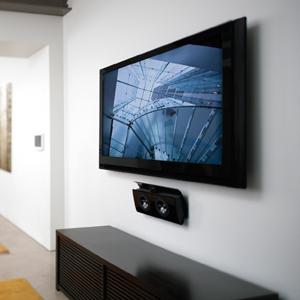 The right television mounts can enhance your viewing pleasure.
The right television mounts can enhance your viewing pleasure.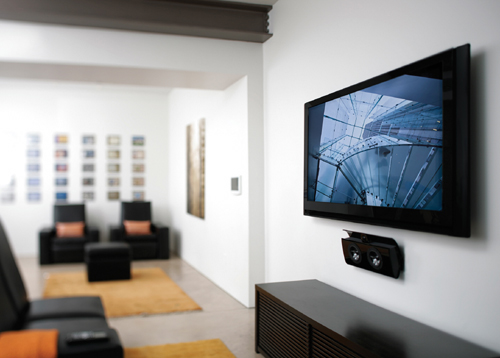
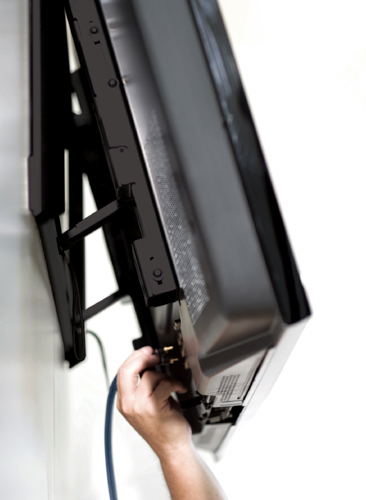
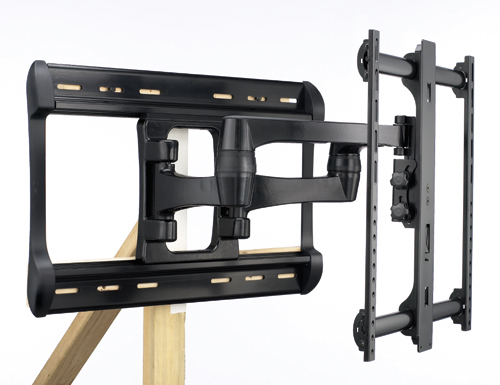
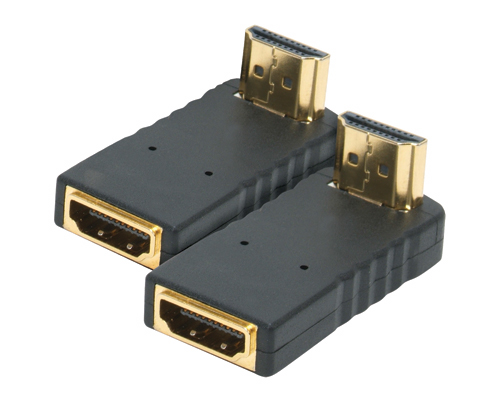
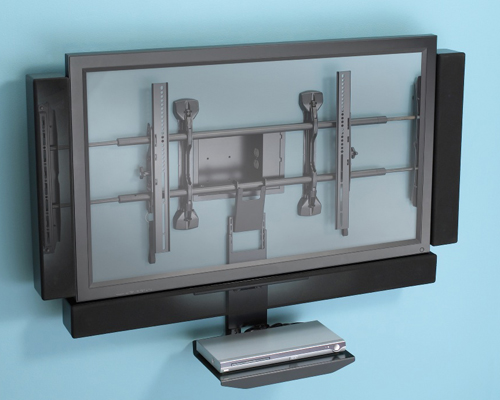
 Hulu experimenting with subscription-based content, according to NBC Universal exec.
Hulu experimenting with subscription-based content, according to NBC Universal exec.